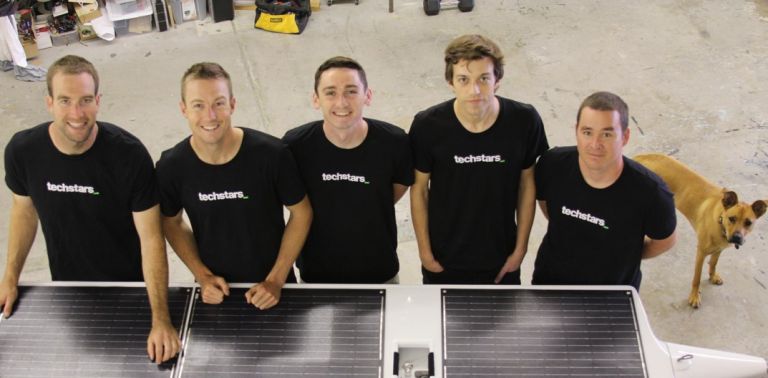In the News
We post frequently on social media. Click the icons below to follow along, or scroll down to see some highlights!
June 2024
On June 10th, a Seasats Lightfish ASV concluded a 73-day voyage from San Diego to Hawaii in association with mission partners L3Harris Technologies and AWS. The Lightfish navigated fully autonomously, demonstrating the platform’s endurance and hardiness, and a Starlink satellite connection and a publicly viewable tracker provided additional excitement.
February 2024
The University of Southern Mississippi (USM), with partners including the USM Research Foundation, NVision Solution’s Unmanned Coast, and Jackson State University, selected Seasats as one of six blue technology companies for the Gulf Blue Navigator program. This initiative will introduce Seasats to commercial and government partners and customers along the Gulf of Mexico.
January 2024
Task Force 59.1 was commissioned on Jan. 3rd to integrate uncrewed tech into real-world operations in the 5th Fleet AOR. Based on Seasats’ previous performance with Task Force 59, the Lightfish was selected as one of the first technologies to be deployed by the newly established group.
November 2023
University of Washington researchers joined forces with scientists from the Makah, Quinault, Hoh, and Quileute Tribes at the Olympic National Resource Center to launch a Lightfish ASV. Beginning in 2024, this group along with other partners will begin conducting periodic water sampling missions to better predict and mitigate harmful algal blooms (HABs) in the Pacific Northwest.
September 2023
Seasats partnered with Jaia Robotics to deploy UUVs from a Lightfish in front of a large audience at Newport, Rhode Island’s Naval Undersea Warfare Center. The two companies completed integration in less than a month, showing the exceptional versatility and modularity of both platforms.
December 2022
Task Force 59, a US Navy group focused on autonomous maritime technology, brought Seasats to Bahrain to participate in the Digital Horizon event. Over the course of approximately three weeks, Seasats demonstrated the ability to conduct ocean missions with persistence, scalability, and discretion.
October 2022
Seasats announced today that it has accepted a strategic investment from L3Harris Technologies, a global aerospace and defense technology innovator. Under this new collaboration, Seasats’ autonomous ocean vehicles will pair with cutting-edge products from L3Harris to create innovative maritime solutions for customers across a range of government and commercial markets.
August 2022
Seasats has been awarded a Small Business Innovation and Research (SBIR) grant by the National Science Foundation (NSF). Seasats’ work will focus on autonomous systems that comply with the COLREGs, a conventional set of navigational rules followed by crewed vessels around the world.
April 2022
After successfully completing the Greentown Labs and Techstars accelerators, finishing pilot projects in science and commercial mapping, and providing demonstrations for DoD customers, Seasats closed a $1M pre-seed round. These funds will be used to expand the team and accelerate production.
February 2022
Almost 10 years ago, Make Magazine featured the founders of Seasats when they were working on an early predecessor called Scout. Today, Make has returned to catch up and find out how Scout sparked their journey to founding a full-fledged ocean autonomy company.
September 2021
After three challenging and exciting months, Seasats concluded the Techstars Space 2021 accelerator with a pitch event for investors and customers.
February 2021
Seasats’ first customer missions were completed in collaboration with the Scripps Institution of Oceanography’s Bowman Lab. Using an X3 set up for water sampling, Seasats made it possible for the Bowman Lab to collect and analyze water from offshore without crewed missions. The results of this work were presented in a paper at the 2021 Oceans Conference in San Diego.













